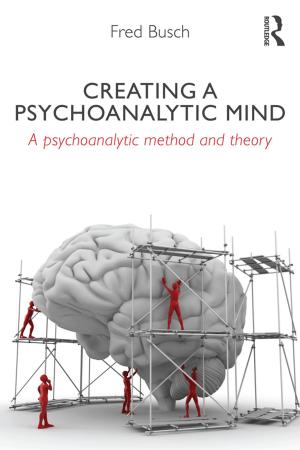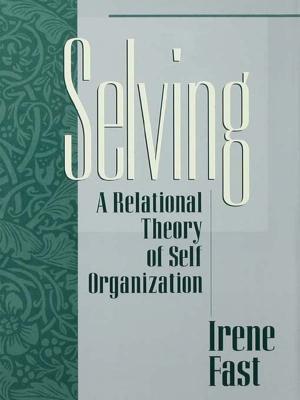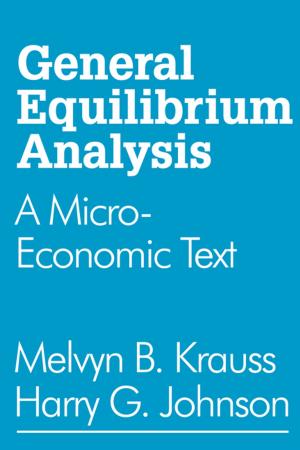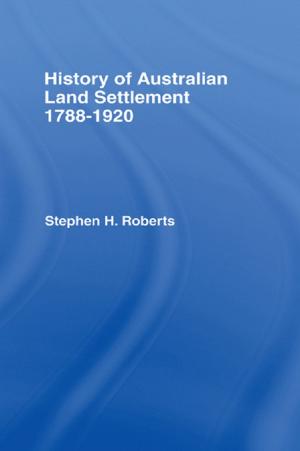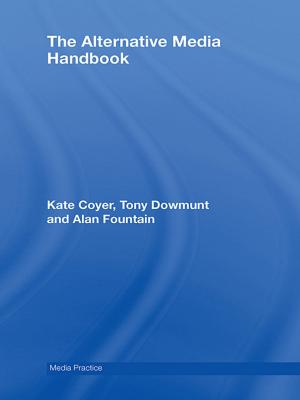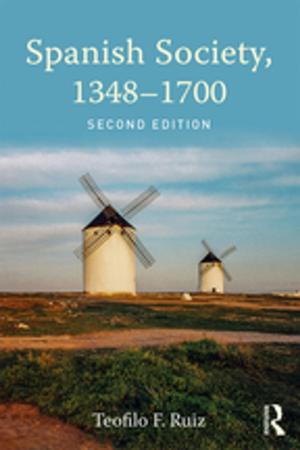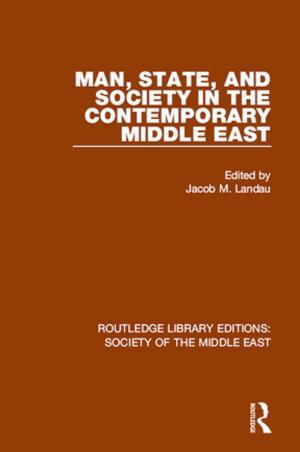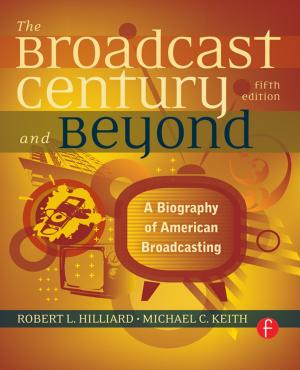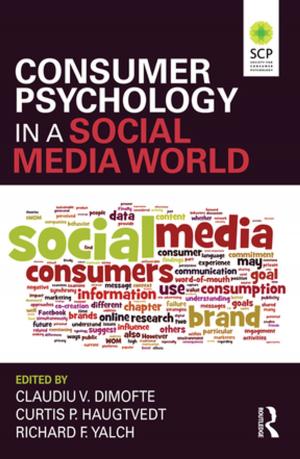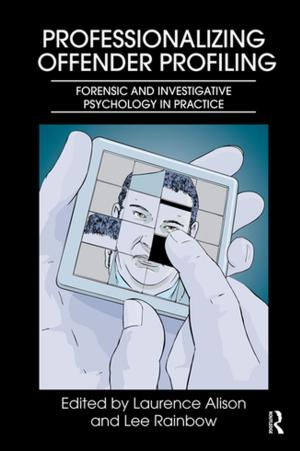Able Minds and Practiced Hands
Scotland's Early Medieval Sculpture in the 21st Century
Nonfiction, Social & Cultural Studies, Social Science, Archaeology| Author: | SallyM. Foster | ISBN: | 9781351577830 |
| Publisher: | Taylor and Francis | Publication: | July 5, 2017 |
| Imprint: | Routledge | Language: | English |
| Author: | SallyM. Foster |
| ISBN: | 9781351577830 |
| Publisher: | Taylor and Francis |
| Publication: | July 5, 2017 |
| Imprint: | Routledge |
| Language: | English |
One hundred years on from J Romilly Allen and Joseph Anderson's 1903 landmark publication, The Early Christian Monuments of Scotland, twenty six essays explore the current state of knowledge of early medieval sculpture in Scotland. They demonstrate the unique value of this material in contributing to our understanding of the society and people that created it between 1000 to 1500 years ago. Today's approaches and techniques offer new insights, as well as great hope, for what might be learnt from future study of 'familiar' and new material alike. The essays exemplify the ever-diversifying, interdisciplinary approaches that are being taken to the study of early medieval sculpture. Key themes that emerge include: the interdependence of conservation, research and access; the need for a 21st-century inventory of the sculpture; the breadth and value of the wide range of the research tools that now exist; conservation issues, including the politics of how and where sculpture should be protected, and the pressing need to identify priorities for action; and, what is probably the most important development over the last 100 years, the increase in awareness of the range of values and significances that attaches to early medieval sculpture, including appreciation of context.
One hundred years on from J Romilly Allen and Joseph Anderson's 1903 landmark publication, The Early Christian Monuments of Scotland, twenty six essays explore the current state of knowledge of early medieval sculpture in Scotland. They demonstrate the unique value of this material in contributing to our understanding of the society and people that created it between 1000 to 1500 years ago. Today's approaches and techniques offer new insights, as well as great hope, for what might be learnt from future study of 'familiar' and new material alike. The essays exemplify the ever-diversifying, interdisciplinary approaches that are being taken to the study of early medieval sculpture. Key themes that emerge include: the interdependence of conservation, research and access; the need for a 21st-century inventory of the sculpture; the breadth and value of the wide range of the research tools that now exist; conservation issues, including the politics of how and where sculpture should be protected, and the pressing need to identify priorities for action; and, what is probably the most important development over the last 100 years, the increase in awareness of the range of values and significances that attaches to early medieval sculpture, including appreciation of context.

